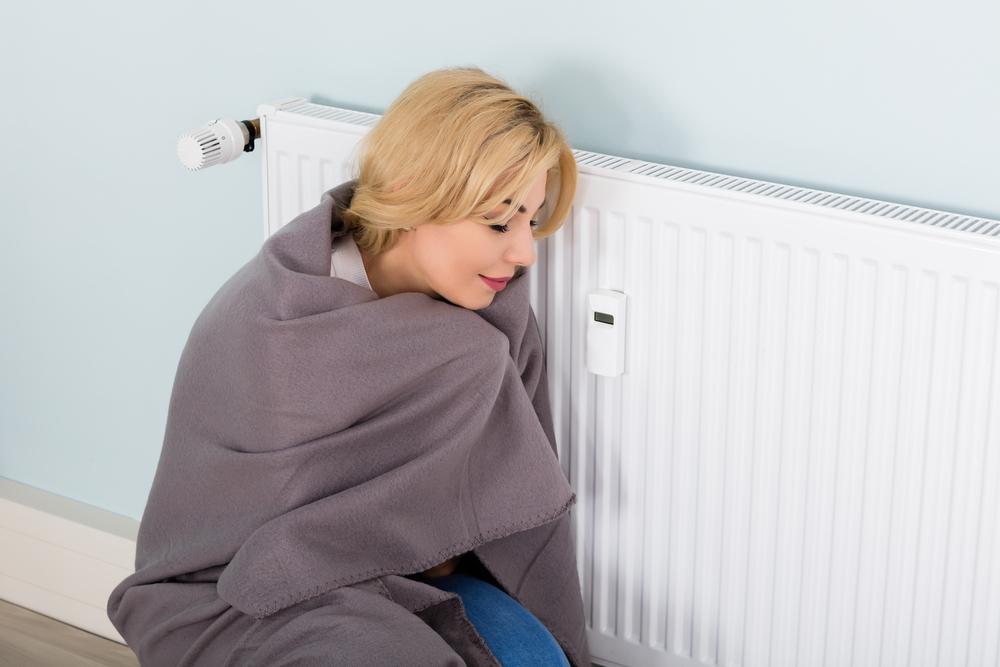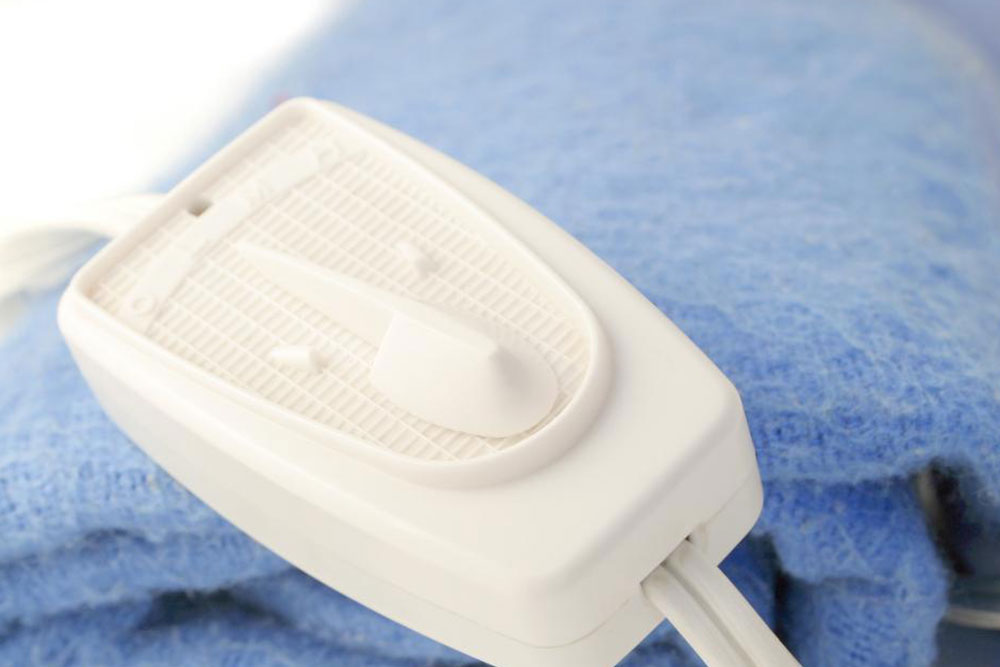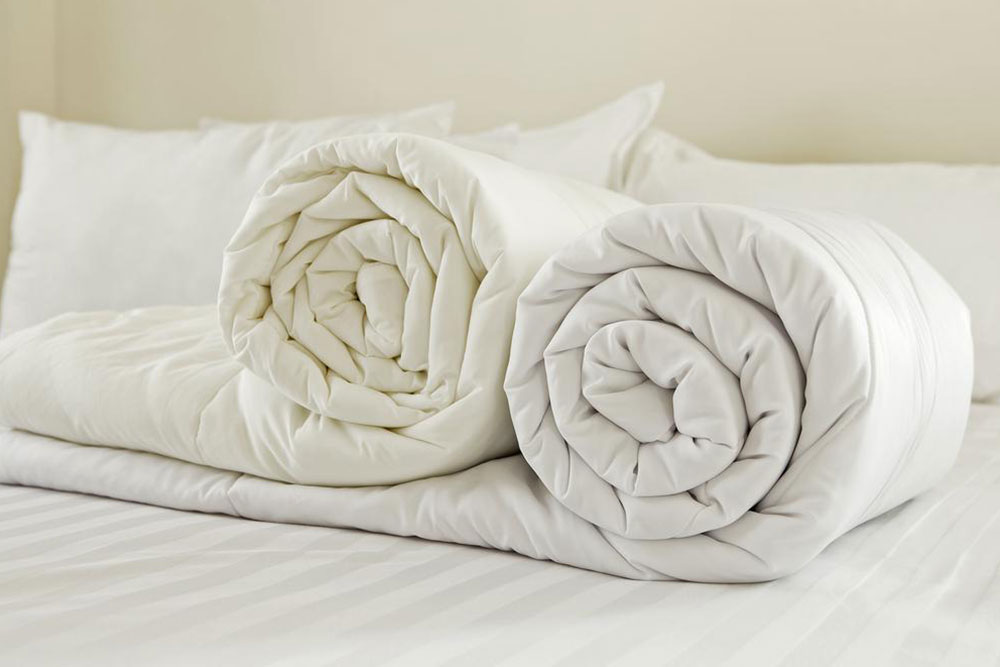Comprehensive Guide to Electric Blankets: Features and Safety Tips
Explore essential details about electric blankets, including their types, safety features, benefits, and precautions. Learn how electric blankets provide efficient warmth during cold seasons, balancing comfort and safety. Discover the latest advancements ensuring safer and more energy-efficient use, along with safety tips for different users.

Comprehensive Guide to Electric Blankets: Features and Safety Tips
Electric blankets incorporate embedded heating elements that provide warmth efficiently. They come in diverse styles such as electric under blankets, over blankets, throws, and duvets, designed for various uses. Typically, electric blankets are placed beneath the bed cover on the mattress to generate heat when turned on.
Alternatively, electric over blankets are positioned on top of the bed coverings. These blankets operate with adjustable control units that allow users to modify the temperature. Ideal for cold seasons, electric blankets offer cozy warmth during freezing weather.
Available in various sizes and colors, electric blankets should match the bed dimensions. For double beds, some models allow separate temperature controls on each side, ensuring personalized comfort. Preheating the blanket before sleep enhances comfort and warmth.
Cost-effective and energy-efficient, electric blankets consume minimal electricity compared to traditional space heaters, operating on low voltage levels between 12 to 24 volts. They utilize heating pads with insulated wiring or carbon fiber elements embedded within the fabric, providing even and safe heating.
Many models feature safety mechanisms like automatic shut-off to prevent overheating and reduce fire hazards. Innovations include low-voltage designs and timers, with some blankets turning off automatically after 45 minutes to enhance safety. As technology advances, electric blankets become safer, lighter, and more efficient.
Electric blankets are ideal for winter nights, especially for individuals with conditions like arthritis or muscle pain, offering targeted warmth without heating entire rooms. While generally safe, damaged or outdated blankets should be discarded to avoid risks of burns, overheating, or fire. Usage should be cautious among children, diabetics, or individuals with cardiovascular issues, with some studies suggesting potential reproductive concerns with prolonged overuse.










